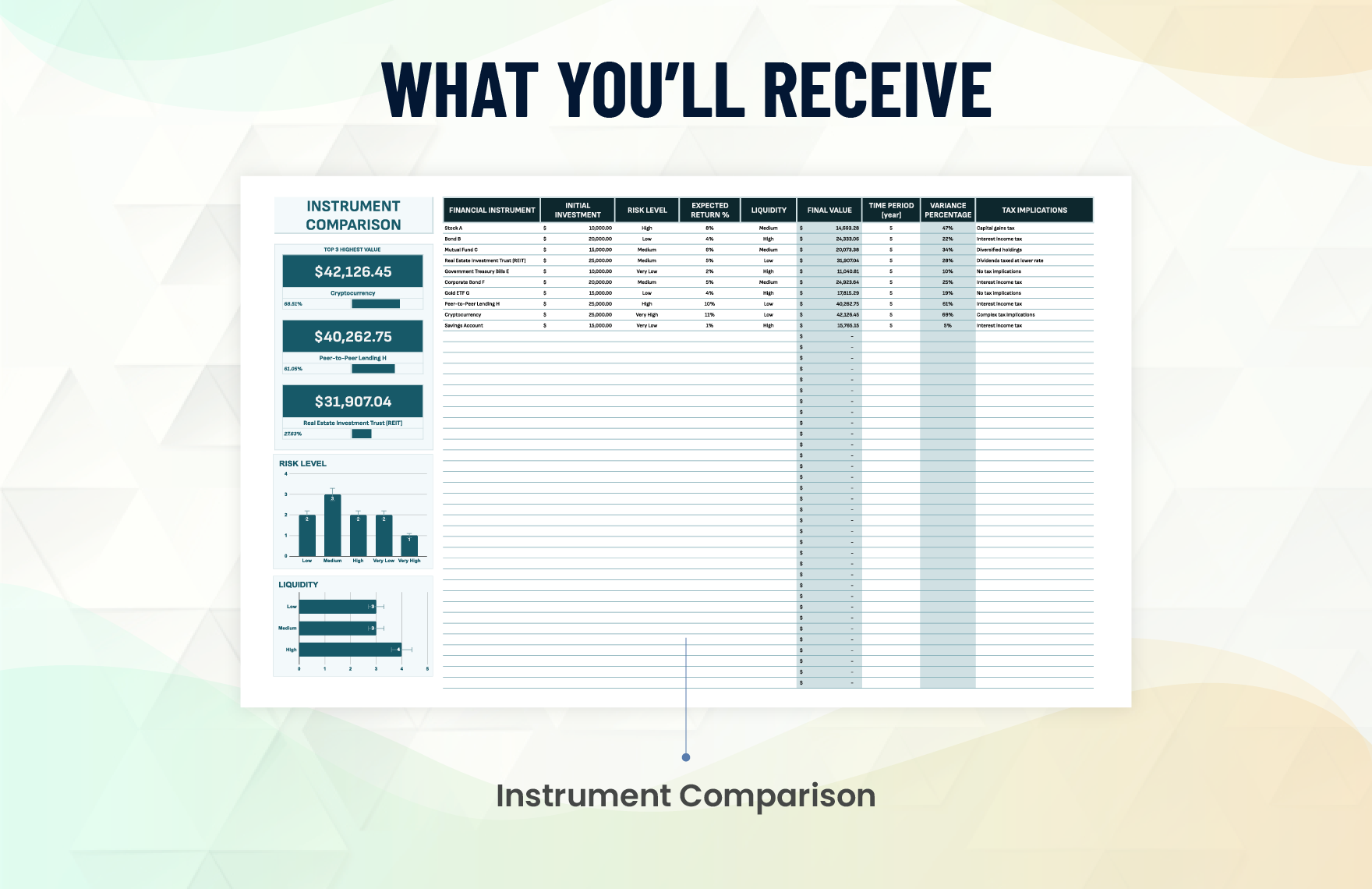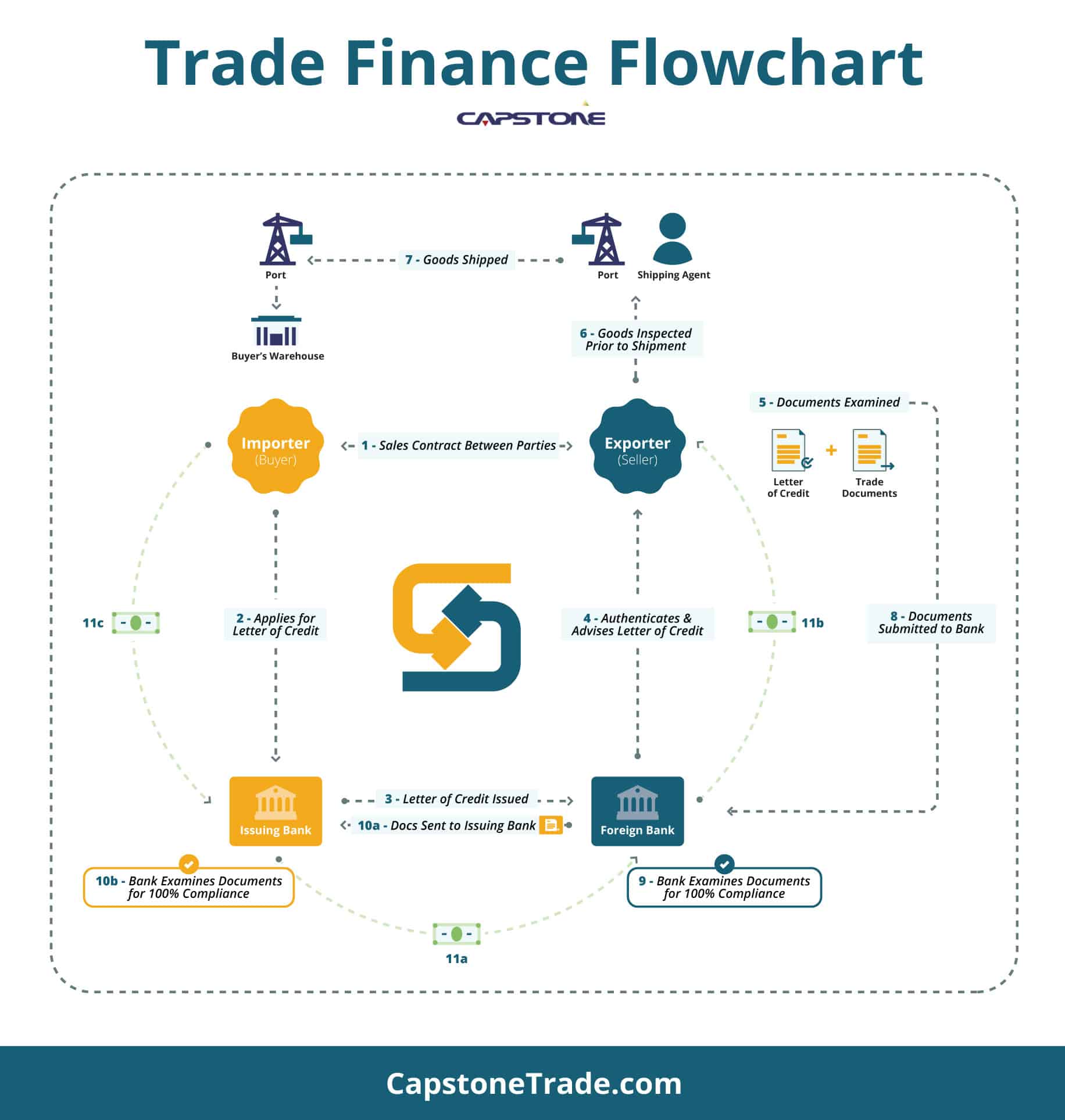Introduction — Why Most Buyers Fail to Prove Funds (And Lose Access to Real Sellers)
In EN590, Jet A1, and SBLC-backed petroleum transactions, the #1 reason real sellers reject buyers is simple:
The buyer cannot provide a clean, verifiable, institutional Proof of Funds (POF).
Most buyers send:
Screenshots from online banking
Edited PDFs
“Balance certificates” made in Excel
Outdated bank statements
Underfunded accounts
Non-verifiable comfort letters
These instantly disqualify them.
Real sellers, refiners, and title holders require institutional POF instruments issued through the banking system—never through email.
This article explains:
The 4 institutional POF instruments (RWA, BCL, MT799, Soft Bank Comfort Letter)
How each one works
Their legal and compliance value
When to use each
Which instruments sellers accept
Which instruments NNRV recommends
The exact banking workflow
The biggest risks buyers face when proving funds
A comparison table used at refinery level
This is the 2025 definitive guide.
SECTION 1 — Understanding the Context: Why POF Is Mandatory (Macro + Industry)
1.1 Why Sellers Require Proof of Funds Before POP or SPA Execution
Real sellers and terminals operate under strict compliance laws:
AML (Anti-Money Laundering)
CFT (Counter-Terrorist Financing)
Basel III
OFAC / EU Sanctions
Trade finance risk mitigation
Tank and vessel scheduling rules
Before releasing:
Tank numbers
TSR
ATV/CPA
SPA
Full POP
DTA
DIP test authorization
…the seller MUST confirm the buyer is financially capable.
POF is not about trust.
POF is about compliance and risk control.
1.2 Fake Buyers Flood the Market
In 2025, the petroleum market is flooded by:
Brokers pretending to be buyers
Buyers with no financial backing
Traders without bank instruments
Investors seeking “no upfront” deals
People claiming RWA without bank support
Because of this, real sellers filter 90% of buyers using POF.
1.3 Institutions Require Bank-to-Bank Verification
A real POF must always be:
✔ Issued by a bank
✔ Verifiable through SWIFT
✔ Linked to a real account
✔ Signed by bank compliance
✔ Sent only bank-to-bank
Anything else is invalid.
SECTION 2 — The 4 Real Instruments for Proving Funds (A to Z Explanation)




Below are the only 4 legitimate forms of POF recognized by sellers, refineries, and terminals.
1. RWA — Ready, Willing & Able Letter
✔ Definition
A formal statement from the buyer’s bank confirming they are:
Ready to engage
Willing to proceed
Able to pay or issue bank instruments
✔ Use Case
TTT/FOB/CIF petroleum deals
SBLC/LC issuance
Monetization operations
High-value commodity deals
✔ What It Proves
Buyer’s intent
Bank relationship
Financial standing
✔ Limitations
Does not prove exact balance
Not binding
Not a payment guarantee
2. BCL — Bank Comfort Letter
✔ Definition
A bank letter confirming:
The buyer’s account status
The buyer’s financial capacity
The buyer’s reputation and credit relationship
✔ Use Case
Commodity trades
Soft proof for mid-cap deals
Pre-SPA confidence check
✔ What It Proves
That the buyer holds funds
That the bank is comfortable supporting the transaction
✔ Limitations
Not a guarantee
Cannot substitute MT799 or MT103
Some sellers reject BCL due to fraud risks
3. MT799 — SWIFT Proof of Funds (Preadvice)
✔ Definition
A SWIFT MT799 is a bank-to-bank message confirming:
Availability of funds
Intent to engage
Readiness to block/issue instruments
Compliance clearance
This is the gold standard for POF.
✔ Use Case
EN590/Jet A1 TTT
FOB loading
CIF + LC transactions
SBLC monetization
Supplier verification
✔ What It Proves
Real funds
Real account
Real banking capacity
KYC cleared
✔ Limitations
Requires buyer to have institutional bank
Cannot be sent by small banks or fintechs
Requires compliance approval
Not suitable for unprepared buyers
4. Bank Comfort / Soft POF Letter (Non-SWIFT)
✔ Definition
A simple bank letter (email or PDF) confirming:
Account ownership
Account balance (optionally)
Basic creditworthiness
✔ Use Case
Early pre-qualification
DIP test pre-negotiations
Low-risk trades
✔ Limitations
Weakest form of POF
Not bank-to-bank
Not SWIFT-verifiable
Fraud-prone
Rejected by 80% of real sellers
SECTION 3 — NNRV Expert Analysis: Which POF Is Best?
POF Requirements Vary by Delivery Mode
| Delivery | Minimal POF | Institutional POF |
|---|---|---|
| TTT Rotterdam | RWA or BCL | MT799 |
| FOB | RWA | MT799 |
| CIF LC | BCL | LC via MT700 |
| SBLC Monetization | RWA | MT799 → MT760 |
| Large Off-Takes | RWA + CPA | MT799 + MT103 |
Top Buyer Mistakes (NNRV Perspective)
Sending PDF bank statements
Sending screenshots
Sending personal bank accounts
Using fintech banks with no SWIFT capability
Refusing to send bank-to-bank communication
Expecting POP before POF
Using fake or outdated RWA/BCL
Top Seller Mistakes
Requiring MT799 too early
Not offering soft procedures for real buyers
Rejecting legitimate BCLs prematurely
Not coordinating buyer’s bank with terminal schedule
Allowing brokers to interfere in POF flow
Real Seller Expectations (Institutional)
A real seller accepts:
RWA for pre-qualification,
BCL for early comfort,
MT799 after SPA,
MT103 for payment,
MT760 for SBLC-backed deals.
Anyone asking for:
MT799 before SPA
MT103 before DIP
Full POP before POF
CPA before ICPO
…is fake or inexperienced.
SECTION 4 — Step-by-Step POF Process Before SPA & POP
STEP 1 — Buyer Submits ICPO + Corporate KYC (Day 1–2)
Includes buyer procedure acceptance.
STEP 2 — Seller Pre-Screens Buyer (Day 2–3)
Verifies legitimacy.
STEP 3 — Soft POF (RWA or BCL) (Day 2–5)
Required before any POP release (partial).
STEP 4 — SPA Issued (Day 5–10)
Seller issues SPA after confirming credibility.
STEP 5 — Bank-to-Bank MT799 (Day 7–14)
Triggers POP, DTA, or vessel nomination.
STEP 6 — DIP Test or Loading Protocol (Day 10–20)
Inspection begins.
STEP 7 — MT103 Payment (Day 12–22)
Final payment and title transfer.
SECTION 5 — Buyer & Seller Questions (20 Total)
10 Buyer Questions
Does MT799 show my exact balance? (No.)
Is BCL enough for real sellers? (Often for pre-qualification.)
Do I need MT799 for TTT? (Yes, 90% of the time.)
Can I avoid SWIFT? (No, not for institutional deals.)
Does RWA expose my bank info? (Only to seller’s bank.)
Can a fintech bank send MT799? (No.)
Do sellers accept escrow accounts? (Rare.)
Can I do DIP test without POF? (Never.)
Can I use an SBLC as POF? (Yes, if valid.)
Can NNRV validate my POF? (Yes.)
10 Seller Questions
Should I accept screenshots? (No.)
Which POF confirms a real buyer? (MT799.)
Should POF be before SPA? (Soft POF yes, MT799 no.)
What if buyer refuses bank-to-bank? (Reject.)
Can brokers handle POF? (Never.)
Should I show POP before POF? (No.)
When do I issue DTA? (After SPA + MT799.)
Should I share tank numbers before MT799? (No.)
Can I ask for MT103 before DIP? (Impossible.)
How to avoid fake buyers? (NNRV pre-screening.)
SECTION 6 — Institutional Proof & Credibility
The POF structures described reflect the protocols of:
HSBC
Barclays
BNP Paribas
Deutsche Bank
Standard Chartered
UOB / OCBC / DBS
Citibank
Corresponding compliance frameworks:
✔ Basel III liquidity rules
✔ FATF AML
✔ OFAC/EU Sanctions
✔ SWIFT messaging standards
✔ Port authority rules
This is the global standard for petroleum transactions and SBLC-backed trades.
SECTION 7 — Professional Call to Action (CTA)
📌 Need to Prove Funds Safely & Professionally?
NNRV Trade Partners can structure your RWA, BCL, MT799, or SBLC workflow from A–Z.
We provide:
POF review
Bank instrument verification
RWA/BCL drafting
MT799 coordination
SPA alignment
Full seller-side acceptance guidance
Institutional buyer/seller onboarding
📩 info@nnrvtradepartners.com
🌐 www.nnrvtradepartners.com
Mini FAQ (5 Key Questions)
Can NNRV check my RWA or BCL for authenticity?
Yes — instantly.Do all sellers accept BCL?
No — depends on risk level.Is MT799 mandatory for TTT?
Usually yes.Can DIP test happen with only RWA?
Not in 2025.Can fintech banks issue RWA/MT799?
No — SWIFT capability required.
Why Choose NNRV Trade Partners?
Institutional compliance
Real refinery and seller access
Expertise in SBLC/LC, MT799, MT760, RWA
Full POF structuring
Zero-fraud filtration
Bank-to-bank coordination
Global buyer & seller onboarding
Confidential and professional
